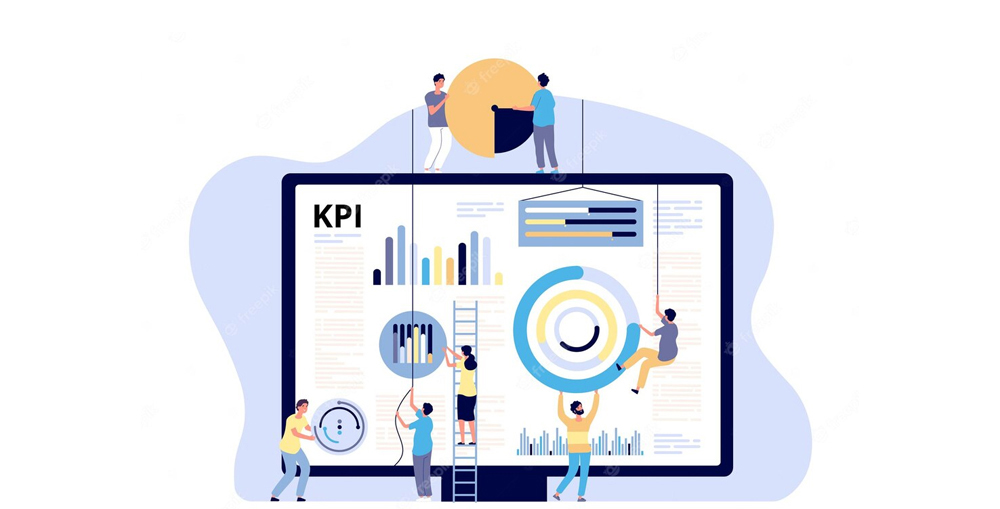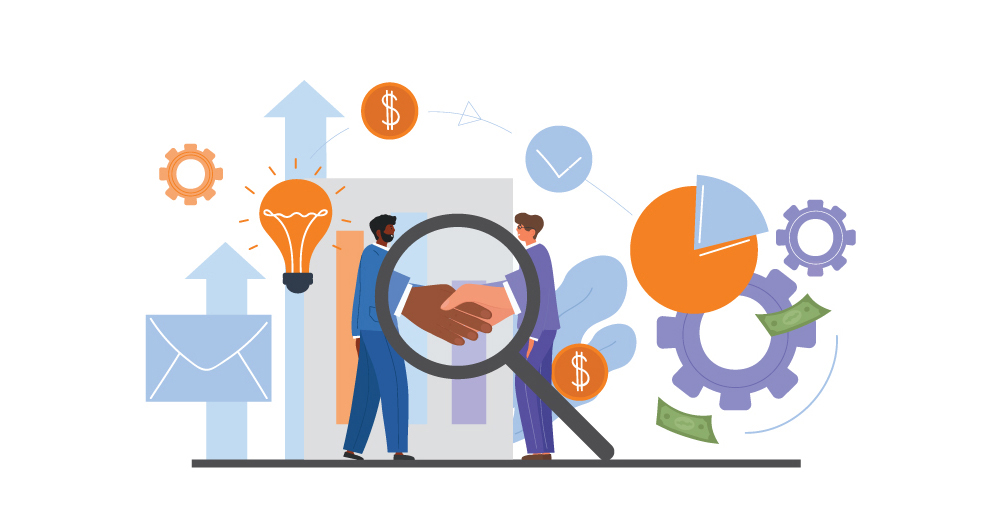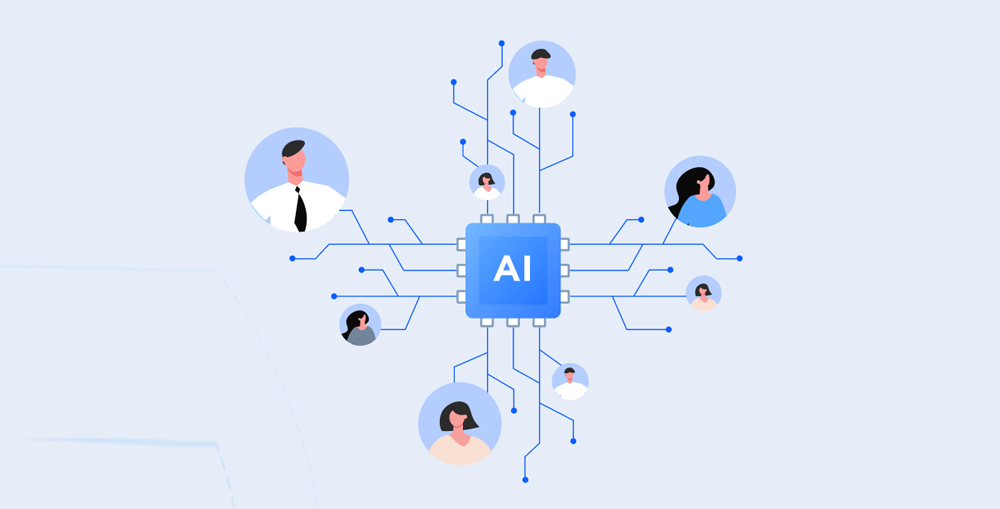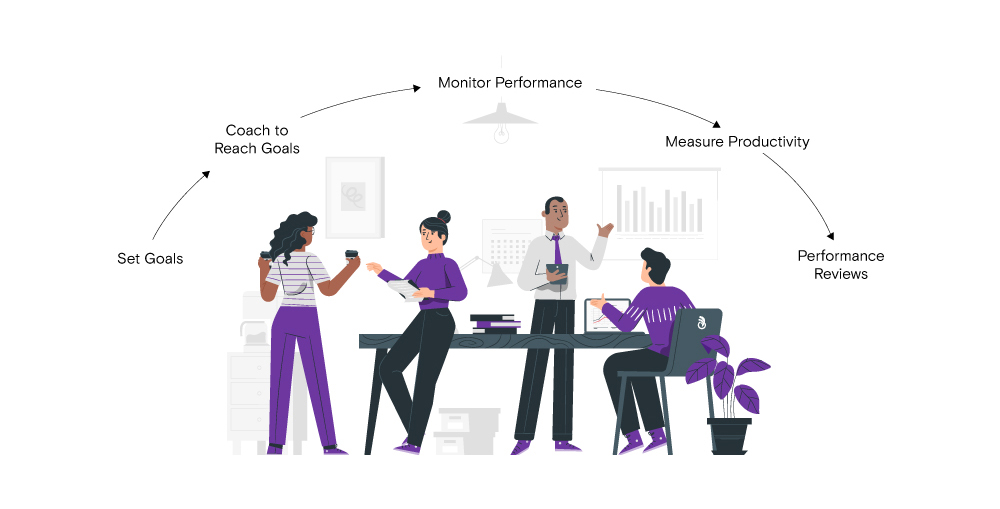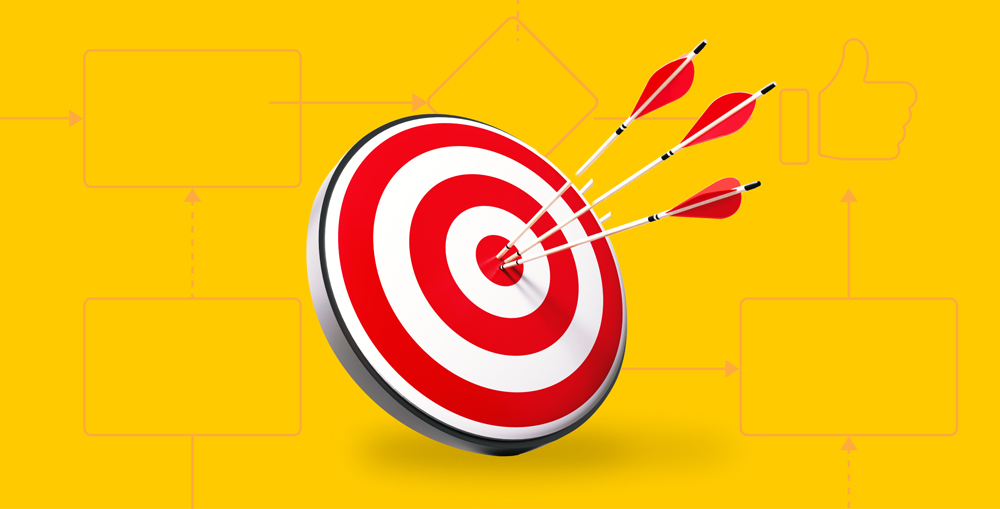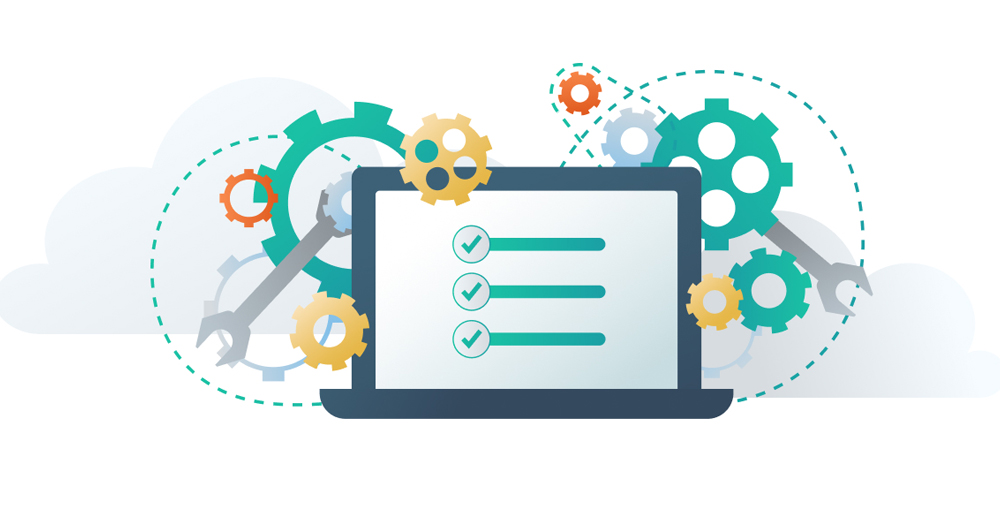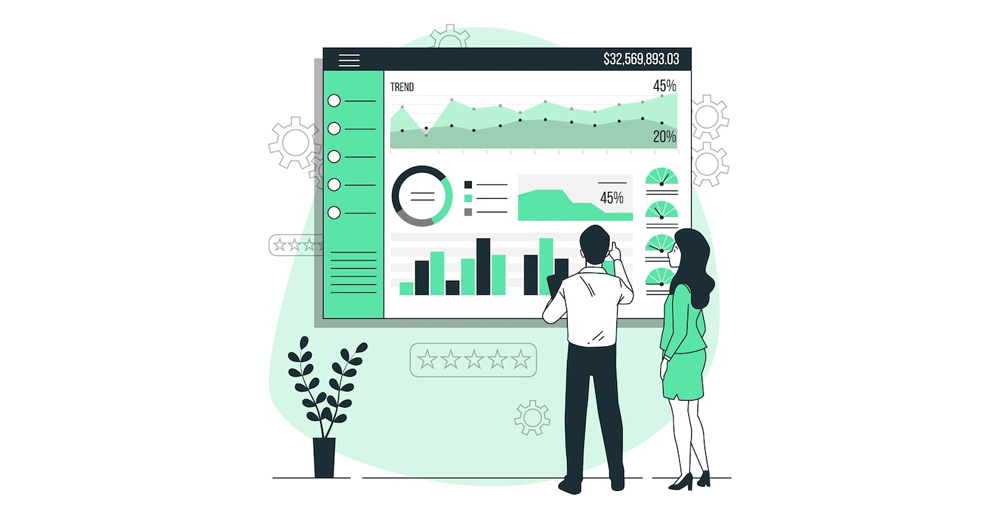
The Dubai and in fact the entire UAE is evolving and advancing on a rapid pace. The market trends and customer demandsare also changing on a very fast pace, this requires businesses and enterprises to be more proactive and ready to adopt to those changes. The agility and operational capabilities are majorly driven by the employee performance. The skillful workforce and highly talented employees are a great asset for any business or organization. The employee performance drives profitability, stability and growth. However, the employee performance heavily depends on the performance management practices which increase employee satisfaction and employee engagement. Here in Dubai and all around the UAE businesses and enterprises are following traditional performance management methods, which are gradually losing their effectiveness. Employee performance evaluation and reviews once or twice a year are not enough. Businesses need a more proactive approach to manage and improve employee performance. Thanks to the evolution in technology and software development platforms, now a days, a continuous performance management is possible and is proven to be very effective comparing to the traditional methods.

The traditional performance management methods are not capable of eliminating the waste from the system, however, the modern performance management system (PMS) is capable of monitoring the performance in real-time and it enables managers to immediately detect any deviation and let them course correct to ensure the progress is done in right direction, towards the high-level organizational goals and objectives. Furthermore the traditional performance management processes and methods are very time-consuming and cost a lot of efforts and expense. However, the modern performance management system (PMS) makes performance management process seamless. Thanks to the digitalization, the data collections and KPIs can be fully automated. Which not only save time but also resources. The performance management system provides a full-fledged framework for the performance management processes. Businesses and enterprises can effectively set goals and objectives with a top-down approach to make them more realistic and achievable for the individual employees. The continuous monitoring prevent any employee from deviating the course and keep all resources aligned with the high-level organizational goals and objectives.

The ever rising competition and the customer demands skyrocketing in the current markets. In order to progress and grow in such environment every business needs to maximize the performance of its human resource to achieve maximum productivity. The high efficiency and productivity drives profits and facilitate growth over the time. Here are some key benefits of a modern digital performance management system:
- Accurate and automated (fully or partially automated) performance measurement
- Improved employee training and personal development programs
- Better communication and presentation of the benefits of organizational and individual goals and objectives
- Increased employee engagement, motivation, morale and employee satisfaction
- Transparent evaluation and fair performance acknowledgement processes
- Encourage trust and improve relationship between employees and the managers
- Reduced employee turnover and increased success rate of all the employees
- Align all resources with the high-level organizational goals and strategic objectives to drive the outcomes that benefit the most
- Improved planning, monitoring, reviewing and reward processes
The performance management system (PMS) not only ensures maximum productivity but also help to understand the employees’ strengths and weaknesses and allow the businesses to bridge the gaps with effective training programs, coaching, and mentoring. The performance management system (PMS) ensures high transparency in evaluation and reward processes which increase employee trust and minimize disputes and conflicts. The digital performance management system (PMS) also increase communication and allow managers to effectively and clearly communicate organizational goals with the employees and let employees also provide feedback which improve bidirectional communication and raise trust.
In this blog we will cover the top performance management trends that gain popularity in the late 2021 and continuously growing in 2022 and we are also hoping to see those trends continue for 2023 and even beyond.
Performance Management Trends: 1. Data-Driven Performance Management
The performance management is a process of evaluating the employee and then providing them adequate feedback in hope to improve their performance and efficiency for the next performance cycle. However, smart businesses and field experts want to transform the performance information in an analytical data which help them evaluate employee in a more personalized fashion. This enables managers to improve their training programs, employee growth and development processes and help them improve individual employee performance in a more effective and impactful way. The data driven performance management is a process aided by digital tools which heavily relies on collecting and analyzing factual data to enable managers to take more effective and informed decision and help them build more effective employee performance management strategies. The data driven performance management process can significantly increase the transparency by reducing bias and discrepancies in the traditional performance management processes.

That is why the data driven performance management is gaining a lot of popularity since past few years, and this trend will continue for the rest of 2022 and the 2023. In fact the data driven performance management has become a new benchmark, and businesses will continue to use it until it is being replaced with another more effective method, which seems very unlikely at least for coming 4 to 5 years. A digital performance management system (PMS) is very capable tool to collect analytical performance data and it also allow managers to use this data through a very intuitive dashboard which makes performance management process simpler and more convenient.As the technology have deeply integrated in our daily and professional lives, our daily live whether personal or professional have become nearly impossible without the technology. The same is the case with the performance management, present day’s challenges demand a more data driven approach. The performance management system help businesses collect and analyze in-depth performance data and also prepare them to effectively deal with challenges, unexpected problems, and difficult situations.

Performance Management Trends: 2. Employee Satisfaction is Important
The employee satisfaction is important and even essential for performance management. Employee satisfaction depends on several factors and their experience at the organization. This also involves their work and their interaction with their managers and others. The main reason why employee satisfaction is so important is employee retention. The employee retention is a key to long term stable growth and success. Organizations with high employee turnover always face difficulties in achieving their goals. The hiring process is expensive, new employees take time to integrate within the organizational environment, and they also need training and more focus from the management to reach to the pace of their predecessor. These all factors can seriously impact the performance of the organization. Studies have shown that the employee development programs plays a crucial role in employee retention. When employees knows their voice will be heard, they feel more connected and involved in the organization and form a bond with their employer which results increase employee loyalty.

When the employee feel comfortable within their work space and they have trust on their superiors they tend to perform well. There are a lot of factors that impact on the employee performance. The employee always listen to their managers if they have faith in them. A manager should be a good mentor and he/she should motivate the employees to perform well. This can only be achieved if the employees have faith in them and they trust them. The traditional performance management methods lack this due to inherited bias and poor transparency. However, digital performance management system (PMS) is very transparent, it can provide highly accurate data for evaluation and appraisal. The managers can use that data to develop employee development programs. The performance management system (PMS) also help improving the communication between the employees and the managers which help bridging the gap between them and enable them to communicate more frequently and more freely. Which builds trust.

When the employees knows clearly what the organizational goal is and how their performance will contribute to that goal, they tend to perform better. A good training and employee development program help increasing employee retention as they know they will grow individually as well while staying at this job. The performance management system capture performance data from multiple angles, which also help building trust on the system. The employees receive more guidance and they are always rewarded and their accomplishments are always acknowledged. These features of the performance management system (PMS) help businesses increase employee retention and reduce the employee turnover. Furthermore the employee satisfaction is also crucial for productivity and performance. When the employees are happy and satisfied with what they are doing and their expectations with the employer are met, they tend to stay on their job. The long-term employees are a great asset of the business and they can significantly boost the performance as well.

Performance Management Trends: 3. Continuous Feedback and Monitoring
The modern enterprises and businesses focus a lot on employee performance and encourage their managers, HR and leaders to support the employees in achieving their goals and objectives. A continuous performance management strategy ensures a smoother development and growth of the organization. In today’s fast moving markets, businesses can no longer rely entirely on once or twice a year appraisal and evaluations. Those kind of traditional performance management methods only evaluate past performance. However, a business needs to enhance current and more importantly future performance. Which is only possible with a continuous performance management process which includes continuous feedback and real-time monitoring. The continuous feedback and real-time monitoring enable the managers to keep a close eye on the employee progress and enable them to sense a slight deviation without any delay. That knowledge and data provide them with enough time to discuss the matters with the employees, provide them guidance, support and resolution of the problems they might be facing.
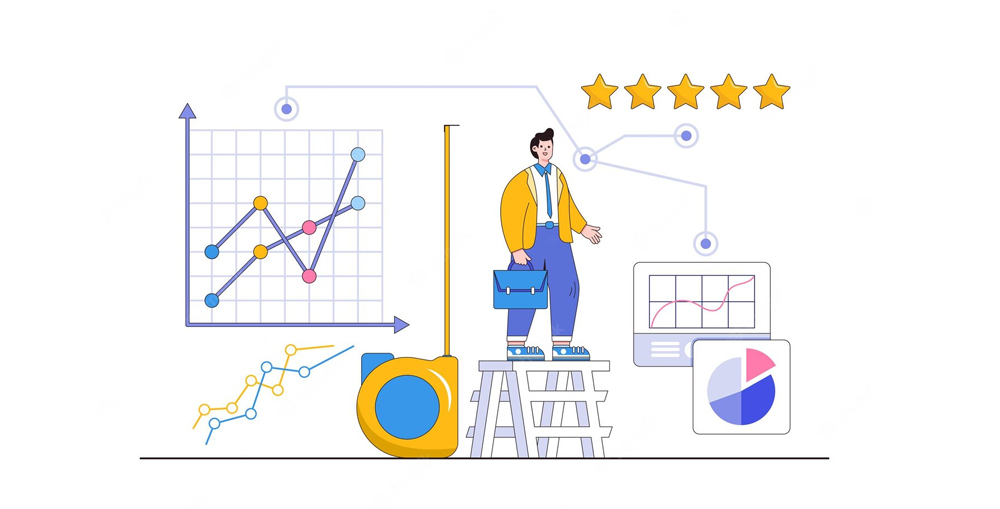
The biggest advantage of continuous feedback and monitoring is that the managers are always up to date with the ongoing progress and with the instant guidance, they can save time and reduce waste. The guidance and support from the managers are crucial for the employees it motivates them to perform better. The manager should clearly understand the problems and obstacles the employees are facing which can prevent them from meeting their targets and achieving their goals and OKRs (objective and key results). This way they can address issues and be more ready to deal with unexpected scenarios. Regular and more frequent feedback from the managers not only motivates the employees but it also bridge the communication gap between the managers and the employees which is very common in the organizations. Better communication lead to trust and better relationships, which in itself is very crucial for the better performance.
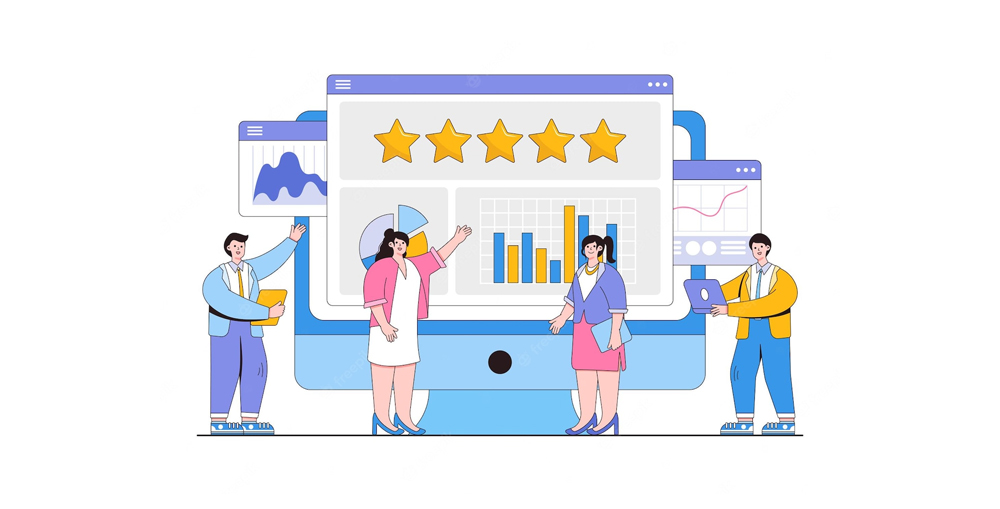
Performance Management Trends: 4. Hybrid Work Environment
The hybrid work environment is a new business model which allow its employees to work from home/remotely or work with flexible work hours, and it improves work-life balance of the employees. Majorly the hybrid work model gained popularity during the 2020’s Corona Pandemic and the resultant lockdown. However, it seems that businesses and employees have adjusted themselves very quickly for the new demand. Now a days the employees experience and employee satisfaction have become ever more important. The work-life balance and flexible work hours are the key factor to drive employee happiness and satisfaction. The hybrid work models are a very new concepts and are not yet fully integrated with the performance management framework. However, it is not as that difficult to keep track of the employee performance. There are certain employees who are performing certain duties some of the duties are not even compatible with the hybrid work models. Apart from all such job roles, the businesses can adopt to a hybrid work models. With the aid of the technology, creating a highly productive hybrid work environment is easier. The hybrid work environment offers higher productivity and ensures better performance by improving employee satisfaction and employee happiness.

Performance Management Trends: 5. Impact of Gen Z’s Expectations and Behavior
What is Gen Z? Well, to simply put, the Gen Z is the most recent generation of employees entering the global workforce. Everyone who born from 1976 to early 2000 are considered from the ear of Gen Z. The corporate sector worldwide have witnessed various eras of demographics. Usually all these eras are referred to as a generation such as Millennial, Gen X, Baby boomer, etc. These are urban slangs that usually refers to almost 15 to 20 years of the time span. It is a fact that the employees are always replaced with the newer and fresher batches. Each younger generation is different form their predecessors. Currently in the Dubai and anywhere in UAE or in fact all around the world the Gen Z is replacing or filling the positions rapidly and according to a study published in Bloomberg the global workforce would have been filled with almost 40% of the Gen Z workers by the end of 2021. You would be thinking why an enterprise or business should care about any of that? The fact is each generation is not just a demographic but it comes with a completely different ideology, values, cultural norms, needs and priorities which have significantly huge impact on the organizational environment and its performance.

Each younger or newer era is vastly different from their predecessor however, the Gen Z is much more different from any of its predecessor. The Gen Z people are born in a very fast-paced, technologically advanced and an internet-centric environment. This have changed their habits, preferences, needs and even behavior too. This is only the start of the era, the oldest of the Gen Z would be around 24 years old by 2022. Sooner they will replace almost majority of the workforce globally. That is not all, the Gen Z also brings a lot of benefits to the table. It is extremely important to understand and consider them within the organizational strategy and planning processes. The performance management system is one of the core strategy that can unlock the true potential of the Gen Z. There has been several studies but the most common difference witnessed all around the world among the Millennials and the Gen Z is that the Millennial generation wants more job security, while the Gen Z wants to have a more diverse job experience, where they can perform multiple roles in a single job and they can gain diverse experience.

There are a lot of other aspects that make Gen Z different from its predecessor such as the Gen Z prefer more collaborative workplace with tons of digital solutions and tools at their hand. In fact the Gen Z is truly embracing the technology and the automation at the workplace. The Gen Z is also much more effective at multitasking and prefer to work at jobs that allow them to multitask. The digital integration, social media, and much more adoptability towards technology the Gen Z can significantly impact the modern businesses and market trends. The Gen Z prefers more frequent communication and feedback from their managers. They prefer one on one discussion rather written or telephonic conversations. The behavior of the Gen Z is also very different from any of the previous era. For example, the salary was is one of the most important aspect of job for any employee, however, for Gen Z the salary has become the least important aspect of their job. The also value personalization and personal development more. These are some of the main difference between Gen Z and any other previous eras. Business will have to consider these difference when it comes to performance management. Only then they will be able to fully unlock the true potential of the Gen Z.
Conclusion
For any business or organization its employees are its greatest asset. If the employees perform well the business grows and become more profitable. However, the performance management is not an easy feat. That is why the manual or traditional performance management and review processes are dying away. Now a days a technologically advanced digital performance management system (PMS) is considered to be an essential component of a modern data driven performance management strategy. A performance management system is very capable of collecting performance data from within and even outside of the organizational network. It can be integrated with various other tools and system to get direct feds and it also allow manually inputting the data within the system. These features make it a perfect companion for the performance management process. In this blog we have listed 5 most popular performance management trends in 2022 and the market signals are very positive that we will be witnessing the same trends grow more in 2023 and coming years.
RSI Concepts is a leading performance management system provider in Dubai, UAE. If you want to learn more about eh subject or if you want us to help you building your next-gen, highly effective and cost-efficient performance management system, please feel free to contact us through our Contact Us page or leave a comment in the comment box below and we will get in touch with you soon.
Check out this : The Risk of Poor Performance Management and How to identify it?






